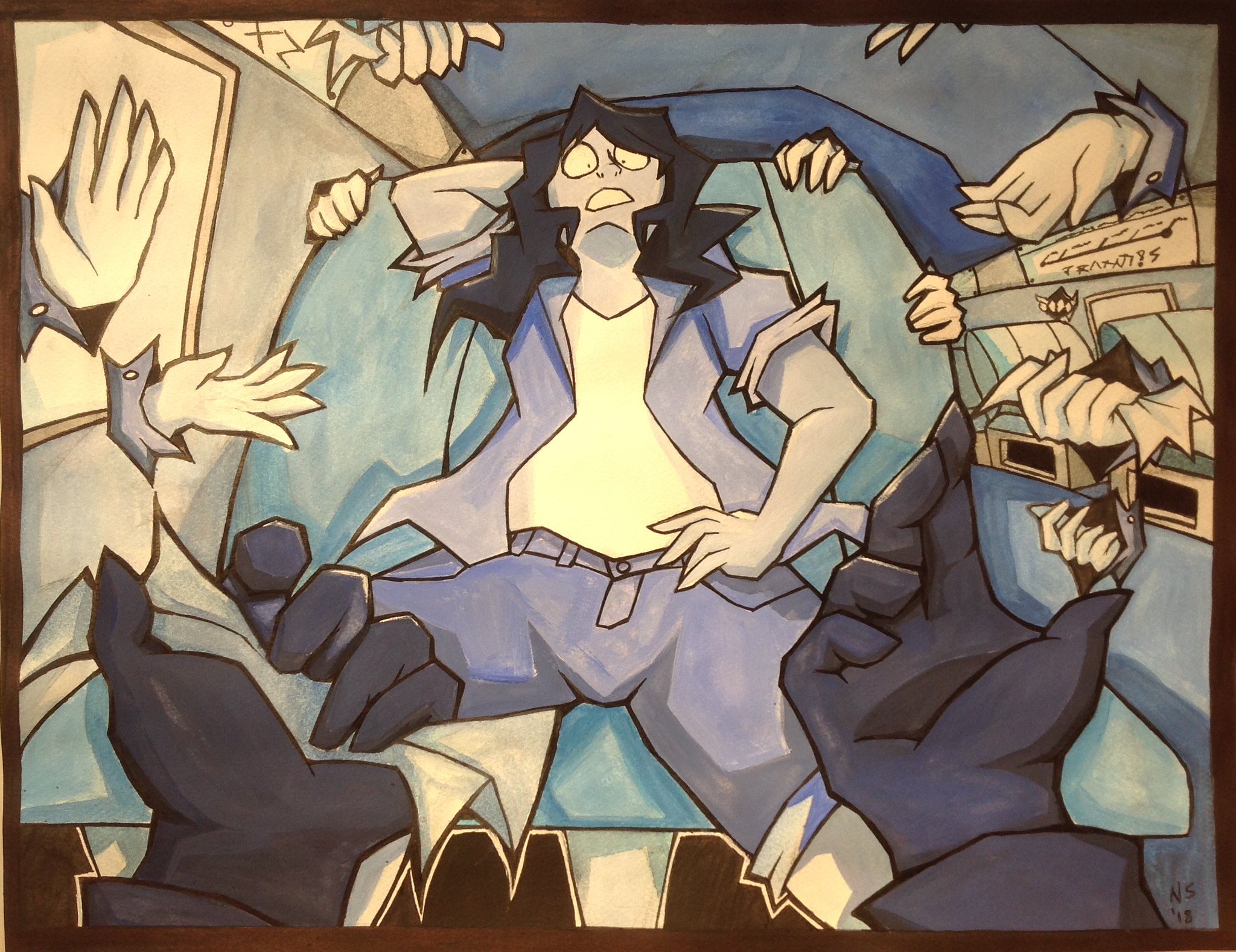I'm not AMAZING at paints or anything but I've recently dabbled in acrylics so maybe I can lend a hand? First though, if you're using cheap paints, that's the biggest struggle people have is getting the student-grade paints (like Liquitext Basics, which are absolutely abysmal to work with). The pigments don't tend to match each other well and it's just bad. I bought a set of Winsor & Newton, 10 Galeria acrylic, that has warm and cool versions of red, blue, and yellow. Also a green, two different browns, and white. I had to purchase an extra tube of yellow because these were far too translucent for certain uses, and a middle grey for it too, but that pack actually got me really far in my destination.
Acrylics are cool because if they're mostly straight out of the tube (I add a little bit of water to help with mixing but not much) they're mostly opaque so any mistakes I make are painted right over! I have not had this luck with yellow... but mixing yellow with my original color works really nice for brightening/lightening my hues along with white, so with a bit of water and layering, I pretend it's like a yellow-white Screen or Overlay layer and work from there. Mix up a matching dark with your dark blue or brown and more water and paint small translucent layers (waiting to dry in between), to fake Multiply.
That aside, if you can wrap your mind around single-layer art digitally while having a brush on normal mode with pressure/size = opacity, it's actually not a horrible transition rrom digital. But if you rely on color modes and layers, it's hard. I miss undo. :,D But practice a bit on one layer digitally, give yourself a limited palette and try to mix it up with only a very basic brush (round + opacity / size = pressure) and the picker tool. Maybe even mix colors on the side of your canvas?
I know you said no youtube videos, but I actually learned a lot about layering acrylics from watching videos by Lunumbra on instagram. Since she paints on Pokemon cards, she extends/paints stylistically and it's a little easier to bridge the gap than watching someone use traditional paint in a traditional style. She doesn't explain anything but maybe watching how she blocks in colors could help?


